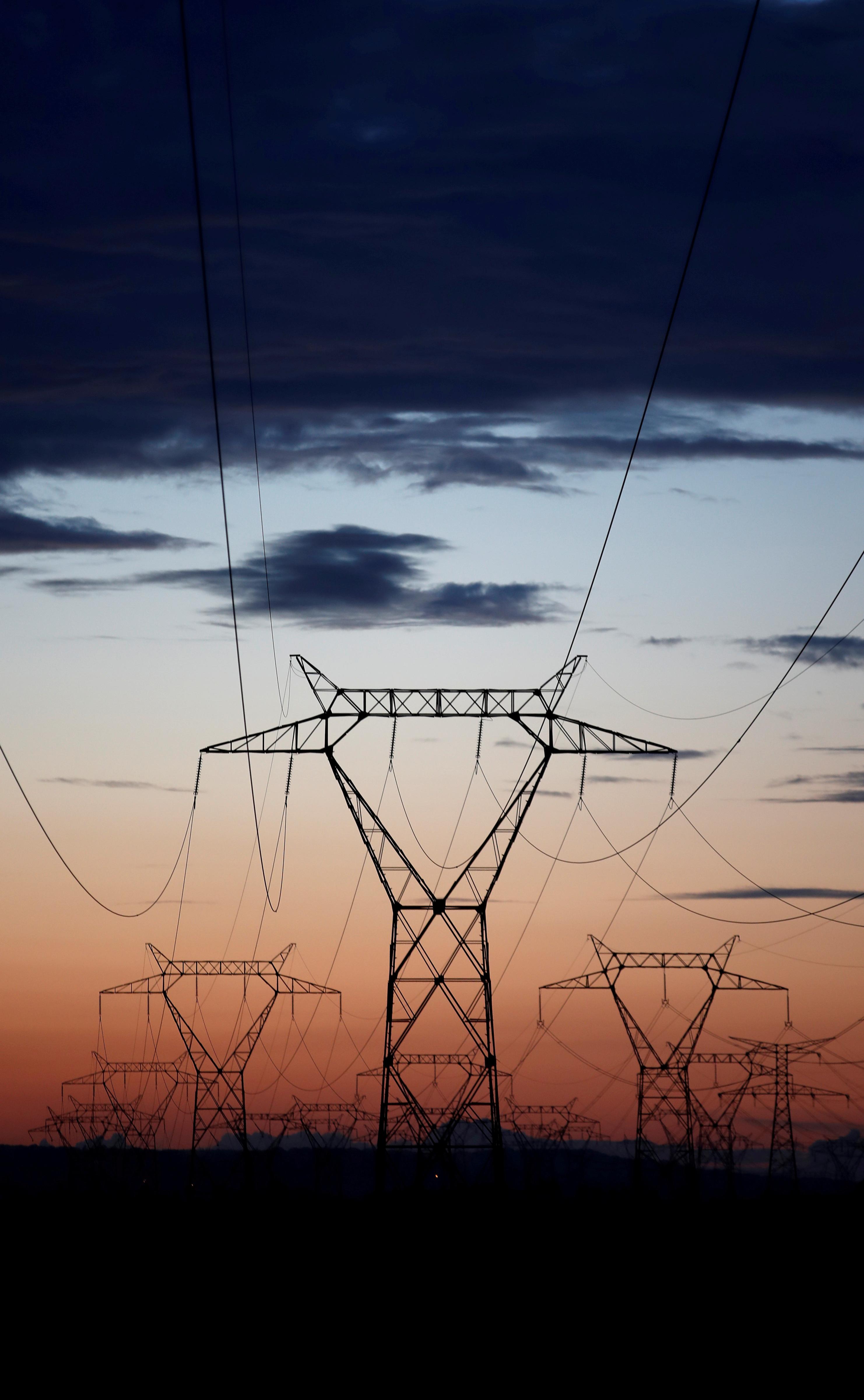
Therefore, it has chalked out a comprehensive plan to develop 120 new power projects in a bid to add 74,448 megawatts of production capacity to the system till 2040, mostly from hydel, domestic coal and renewable sources including wind and solar.
“In the year 2040, the nominal production capacity in the system will stand at 98,091MW against projected peak load (demand) of 80,425MW,” the National Transmission and Despatch Company (NTDC) said in a study titled “Indicative Generation Capacity Expansion Plan 2018-40”. In 2018, the nominal capacity and demand matched quite closely as the nominal capacity from all generation sources hovered around 27,715MW whereas the demand was close to 26,700MW.
In 2019, the gap between nominal capacity and demand is steadily widening and has started surpassing the peak load in the system. It can be observed that a significant surplus of around 17,600MW remains between the projected demand and installed capacity, according to the study. Sufficient generation has been planned to be added by 2040 to satisfy the 1% LOLP (loss of load probability) criteria and add sufficient reserves to the system.
The cumulative nominal capacity will be approximately 62,979MW whereas the peak load is projected at 50,306MW in the year 2032, thus a wide gap of around 13,000MW between the two parameters and the capacity will be in surplus compared to demand, according to the study.
The National Electric Power Regulatory Authority (Nepra) has uploaded the comprehensive study on its website to invite the stakeholders and public feedback, incorporate their concerns, if any, and give final shape to the document.
Forthcoming power projects
With regard to hydroelectric power projects, it is observed that no such project has been selected for the first two years - 2018 and 2019.
The first hydroelectric power project selected by the model is Matiltan, which is an 84MW run-of-the-river power plant envisaged to be commissioned in the year 2020, according to the study. Various other run-of-the-river power plants follow it, among which the commissioning of the 2,160MW Dasu stage-I project in the year 2025 is worth mentioning. Moving forward, the first reservoir-based hydroelectric power plant ie Mohmand Dam is also proposed to be commissioned in the year 2025.
Similarly, the year 2028 will see another reservoir-based mega project - Diamer Bhasha hydroelectric power project with a production capacity of 4,500MW. “By the year 2040, the total share of hydro in the upcoming generation additions will be approximately 25,047MW,” the report said.
As far as Thar coal power plants are concerned, the model has selected no power plant until the year 2032. However, after 2032, a series of Thar coal-based power plants have been selected and by the year 2040, a total of 36 units will be brought to the system with a cumulative capacity of 23,760MW, according to the study. In addition to the above-mentioned technologies, only one gas turbine of 400MW based on imported gas/LNG has been selected by the model for the year 2040.
“It is pertinent to mention that neither any combined-cycle power plant on imported gas/LNG nor any nuclear power plant is selected by the model during the whole course of study period ie 2018-2040,” it said.
As far as renewables are concerned, a total capacity of 6,000MW and 7,000MW will be available from solar and wind power plants respectively.
“The first block of 500MW of wind and 400MW of solar power plants will hit the ground in the year 2022, followed by 13 more blocks of wind and 14 blocks of solar plants till 2040,” it said.
Energy as an engine of growth
Energy is a critical input for economic development and correspondingly, the power sector comprises an indispensable infrastructure in any economy. Providing adequate and affordable electric power is essential for economic development, human welfare, and better living standards.
“The growth of economy along with its global competitiveness hinges on the availability of reliable and quality power at competitive rates to all consumers throughout the country,” the study argued.
“Electricity is central to achieving economic, social and environmental objectives of sustainable human development. The development of different sectors of the economy is impossible without matching the development of the power sector.” The study took three different scenarios of growth in demand and supply of electricity and its impact on economic growth.
It projected the peak power demand would grow by an average (compound annual growth rate) of 4.12% per year and supply by 5.22%, considering the gross domestic product (GDP) grows at a low rate of 4.5% per year from 2018-2040. In the scenario where GDP grows at a medium pace of 5.5% over the years, the peak power demand is estimated to rise by 5.13% per year and supply by 6.24%. Power demand and supply are anticipated to grow by 6.67% and 7.80% respectively if the GDP growth rate is high at 7% from 2018-2040.
The writer is a staff correspondent
Published in The Express Tribune, October 7th, 2019.
Like Business on Facebook, follow @TribuneBiz on Twitter to stay informed and join in the conversation.























COMMENTS
Comments are moderated and generally will be posted if they are on-topic and not abusive.
For more information, please see our Comments FAQ